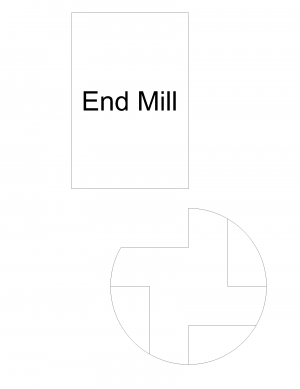- Joined
- Oct 4, 2011
- Messages
- 727
I had a need to make a nut for a rotary electrical switch.
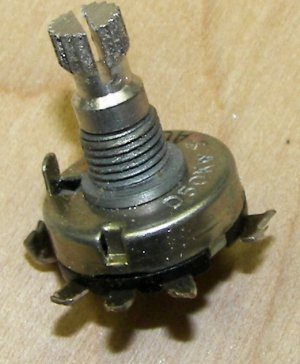
The thread measured .270" and 36tpi. I tried measuring it in mm and it didn't match anything there either. Anyone know what threads these are? McMaster does carry a 1/4-36 tap but this is definitely larger. They are cast threads so not sure how precise they are.
So I made a tap to match it.
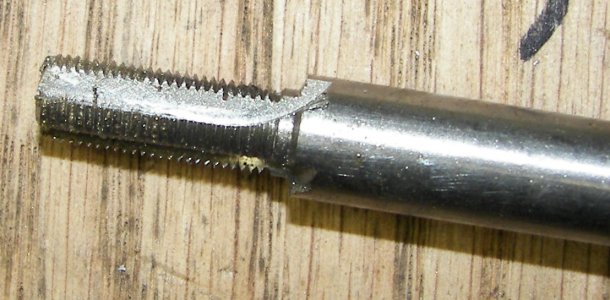
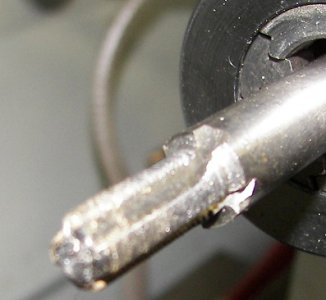
Worked like a charm.
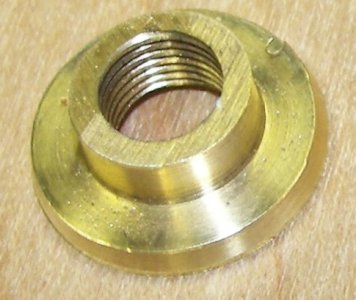
Jeff



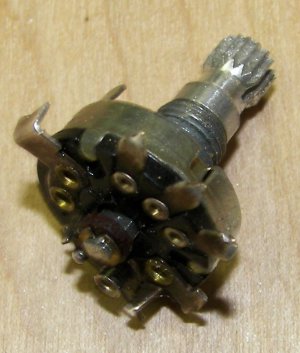


The thread measured .270" and 36tpi. I tried measuring it in mm and it didn't match anything there either. Anyone know what threads these are? McMaster does carry a 1/4-36 tap but this is definitely larger. They are cast threads so not sure how precise they are.
So I made a tap to match it.


Worked like a charm.

Jeff







